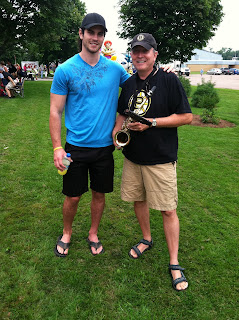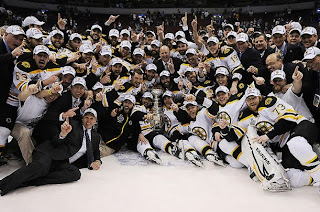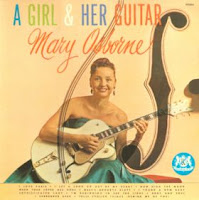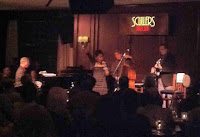That new beginning seems like a good vantage point to look back at some reading I’ve done over the past 8 months. I must admit that it looks like a pretty random gathering of authors and titles . . . but maybe there was some sort of method to my madness . . .
Well, the first title that I tackled in 2011 was a Christmas gift—The Financial Lives of the Poets by Jess Walter. It was an engaging narrative about a guy going through a pre-midlife crisis. There was something Nick Hornby-esque about the book—and I think Hornby may even have written a blurb for the cover. I like Hornby. I liked Walter. A good way to start the year.
And then, because I was going to San Francisco (for the first time ever) in late January, I figured I should read something iconically associated with that wonderful city. I chose Dashiell Hammett’s classic crime novel The Maltese Falcon. I think I read it long ago, and I had certainly seen the movie. Anyway, it provided a good dose of local color and local flavor, and I enjoyed it enough that I decided to read another Hammett offering right away (this one set in New York)—The Thin Man.
Then it was on to one of my favorite books of the year—Steve Martin’s latest work of fiction, An Object of Beauty. With interpolated images of paintings, the book itself—which is about the contemporary art scene in New York—is “an object of beauty”: I thoroughly enjoyed and admired this book, for both its conception and its execution.
Next stop was one of the most heralded books of last year: Tom Rachman’s The Imperfectionists. A collection of linked stories centered around an English-language newspaper office in Rome, it certainly proved worthy (despite some unevenness) of the attention it received for its innovative concept. After that, perhaps prompted by my earlier reading of Jess Walter’s book, I took a run at Nick Hornby’s Juliet, Naked, which was published a few years ago. I’ve read and enjoyed most of Hornby’s novels, but this one seemed a little bit “thinner” than some of his previous works.
Then it was back to crime/detective fiction with Raymond Chandler’s Playback (one of his lesser-known titles, I think) and his classic The Big Sleep. Those were sandwiched around a totally different kind of book, A Seventh Man, a collaboration between British novelist and art critic John Berger and Swiss photographer Jean Mohr; I read this relative to a scholarly project I’m immersed in—it was interesting conceptually, but not really riveting reading.
Next up: Roddy Doyle’s Bullfighting, a collection of stories focused on Dublin men experiencing midlife crises. Very compelling reading—quite poignant at times. (I really should write a real review of this book. Hmmm.)
And then I read two very different memoirs. The first was Steve Martin’s Born Standing Up, which relates the launch of his wildly successful career (remember . . . he was “a wild and crazy guy”!) as a standup comic. But there is a depth to his story involving Martin’s complex relationship with his father: I was impressed by how he explored that dimension of his life. The second memoir was Paul Quarrington’s Cigar Box Banjo. I think I happened upon this title when I noted somewhere that Roddy Doyle had written the Foreword. A well-known Canadian novelist, Quarrington died of lung cancer a year or so ago: this musing on his life of books and music is ultimately an unsentimental account of his last months.
After the at-times heavy lifting of that book, I picked up Michael Chabon’s The Mysteries of Pittsburgh. Who knows how long that novel has been sitting on my bookshelf? It was one of my favorites of the year: a fully realized coming-of-age novel with all sorts of narrative and thematic twists and turns. I wish I could remember how or why I then decided to read Thomas McGuane’s Keep the Change: maybe because it had horses in it? I suppose I would describe it as a latter-day “western”—a “literary” piece of fiction exploring age-old themes involving land ownership. A good read if you like that sort of subject matter.







 I must have because I can remember someone—I can’t remember exactly who, but probably some rough-around-the-edges (as my mother would say) classmate—takin
I must have because I can remember someone—I can’t remember exactly who, but probably some rough-around-the-edges (as my mother would say) classmate—takin

















